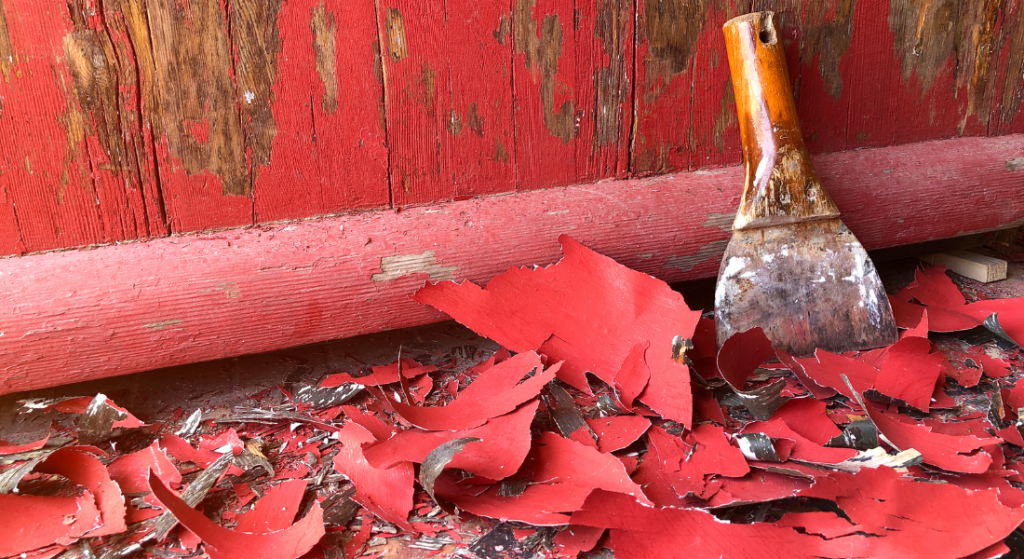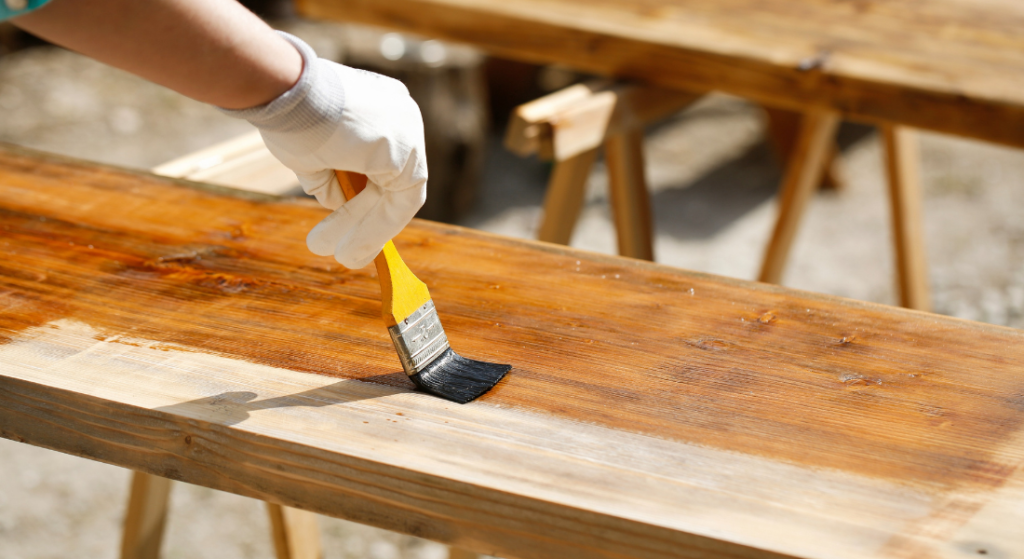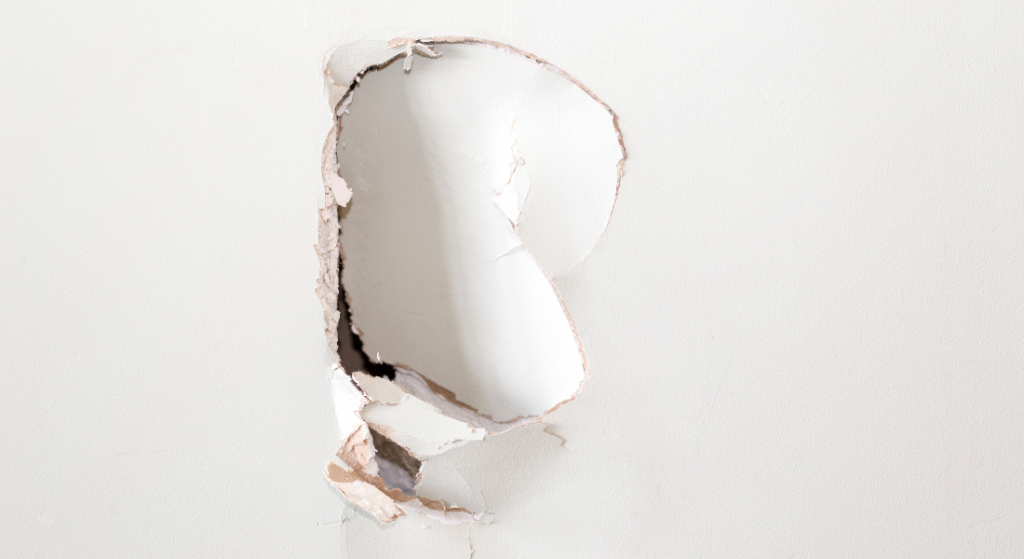Replacing old, damaged wallpaper is a common home improvement project. However, what if you want to add texture to your walls but don’t want to remove the wallpaper? Can you simply texture over the top of it? We’ll explore what options are available to you and what you should know before starting your project.
Can You Apply Texture Over the Wallpaper?
The short answer is yes, you can add texture over wallpaper. However, there are a few things to keep in mind before starting your project.
First, the type of wallpaper you have will impact whether or not texturing is an option. If your wallpaper is made of vinyl or another synthetic material, it’s likely that the texture will not adhere well and may even cause the wallpaper to peel. If your wallpaper is made of paper, however, texturing should be no problem.
Second, the thickness of your wallpaper will also impact the results. Thicker wallpaper (such as those with fabric backing) will be more difficult to wall texture. If you’re unsure about the thickness of your wallpaper, it’s best to err on the side of caution and remove it before texturing.
Third, the condition of your wallpaper also matters. If your wallpaper is old or in poor condition, it’s likely that the texture will not adhere well and may even cause the wallpaper to peel. If your wallpaper is in good condition, however, texturing should be no problem.
So, if you have paper wallpaper that is in good condition and of a moderate thickness, you should have no problem adding texture to it. Just be sure to follow the instructions on your particular texture product and take care not to damage your wallpaper in the process.
What Are The Impacts Of Applying Texture Over Wallpaper?
If you’re thinking about texturing over wallpaper, it’s important to be aware of the potential consequences. Applying texture over wallpaper can impact the appearance and stability of the wallpaper. In some cases, the texture may not adhere well and may even cause the wallpaper to peel. Additionally, if your wallpaper is in poor condition, the texture may not adhere well and may even cause the wallpaper to peel. So, before you start texturing, be sure to consider the condition of your wallpaper and whether or not texturing is likely to cause any problems.
Water From The Texture May Loosen The Wallpaper Glue
One of the potential problems with texturing over wallpaper is that the water from the texture may loosen the glue that is holding the wallpaper in place. This can cause the wallpaper to peel or come loose from the wall. To avoid this problem, be sure to follow the instructions on your particular texture product and take care not to damage your wallpaper in the process.
The Texture May Not Adhere Well To The Wallpaper
Another potential problem with texturing over wallpaper is that the texture may not adhere well to the wallpaper. This can be a problem if your wallpaper is made of vinyl or another synthetic material. If your wallpaper is made of paper, however, texturing should be no problem.
The Texture May Cause The Wallpaper To Peel
Another potential problem with texturing over wallpaper is that the texture may cause the wallpaper to peel. This can be a problem if your wallpaper is old or in poor condition. If your wallpaper is in good condition, however, texturing should be no problem.
The Type Of Wallpaper Used
The type of wallpaper you use may affect the results of texturing over it. If your outdated wallpaper is made of vinyl or another synthetic material, it’s likely that the light texture will not adhere well and may even cause the wallpaper to peel. If your wallpaper paste is made of paper, however, texturing should be no problem.
The Thickness Of The Wallpaper
The thickness of your wallpaper may also affect the results of texturing over it. Thicker wallpapers (such as those with fabric backing) will be more difficult to texture. If you’re unsure about the thickness of your wallpaper adhesive, it’s best to err on the side of caution and remove it before texturing.
Steps To Texture Over Wallpaper Walls
If you’re thinking about making textured wall-over wallpaper, there are a few things you should know before you get started.
Wall Preparation For Using Texture
The first thing you need to do is prepare the wall for applying texture. This includes removing any loose wallpaper, repairing any cracks or holes, and making sure the wall is clean.
To remove loose wallpaper, use a putty knife to scrape off any loose bits of paper. If necessary, use a steamer to loosen stubborn areas of wallpaper and repair cracks or holes, and use a putty knife to fill in the cracks with spackle or patching compound.
Look For Small Wallpaper Curls, Glue Them!
The next thing you need to do is look for small wallpaper curls. These can be found at the edges of the wallpaper or around outlets and switch plates. To fix these, use a putty knife to apply glue to the back of the wallpaper and then smooth it out with your fingers. Once all of the small curls are glued down, you’re ready to move on to the next step.
Look For The Air Bubbles, Prick Them!
The next thing you need to do is look for air bubbles. These can be found under the wallpaper or around outlets and switch plates. To fix these, use a putty knife to puncture the air bubble and then smooth out the wallpaper with your fingers. Once all of the air bubbles are pricked, you’re ready to move on to the next step.
Clean Wall With A Mixture
Mix the warm water with mild dish soap to make a cleaning mixture for the wall. This will remove any dirt or grease that could prevent the texture from sticking. Once the wall is clean, you’re ready to move on to the next step.
Apply A Spackling Compound
The next thing you need to do is apply a thin coat of spackling compound over any holes and fill any cracks. This will help to prevent the texture from seeping through and will also give the wall a smooth surface to which the texture can be applied.
Sanding The Spackle Compound Smooth
Sanding the compound smoothly will help to create a smooth surface for the texture to be applied. Once the spackling compound is smooth, you’re ready to move on to the next step.
Wipe The Wall With A Damp Cloth
Let swab the wall with a moist cloth to clean the dust off the sandpaper. This will help to prevent the texture from becoming lumpy. Once the wall is free of dust, you’re ready to move on to the next step.
Apply A Primer Coat
The next thing you need to do is apply a primer coat to the wall. This will help to create a smooth surface for the texture to be applied. Once the primer is dry, you’re ready to move on to the next step.
Check The Wall In Bright Light
Carefully inspect the wall in bright light for imperfections. This includes looking for any air bubbles, cracks, or holes. If you find any of these, you will need to repair them before moving on to the next step.
Apply A Skim Coat Of Paint
Apply two coats of textured paint to the wall with the paint roller, with a gap in between. This will help to ensure that the texture is evenly applied and will also help to prevent any clumping. Once the first coat of the whole wall is dry, apply the second coat and then allow it to dry completely.
Create Your Textured
If you want to create your textured paint, you can do so by mixing one part joint compound with two parts latex paint. This will give you a thick, textured paint that can be applied to the wall in the same way as regular textured paint.
“Rag” The Wall By Damping Cloth
The final step is to “rag” the wall by damping a small cloth and gently pressing it into the wet paint. This will create a textured finish that can be left as-is or painted over with a design of your choice.
Hold Cardboard With Walls While Painting Corners
To avoid getting paint on adjacent walls, hold a piece of cardboard against them while you paint the corners. This will help to protect your walls and will also make cleanup easier.
Is It All Worth The Effort?
Applying texture to your walls can be a lot of work, but the results are worth it. Textured walls add depth and interest to a room and can help to hide imperfections. If you’re looking for a way to add some personality to your home, textured walls are a great option. If you want professional-looking results, consider hiring a professional to apply the texture for you. They will have the experience and equipment necessary to get the job done right.





